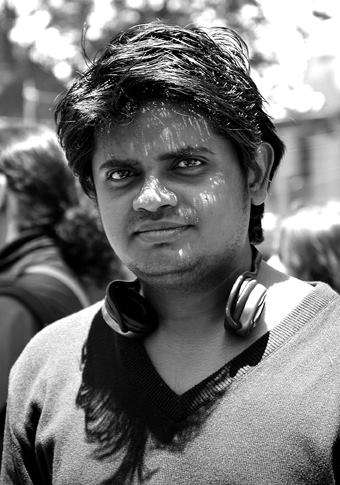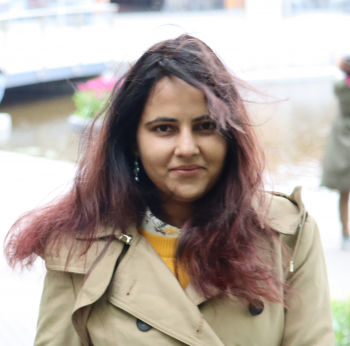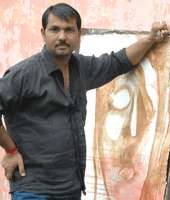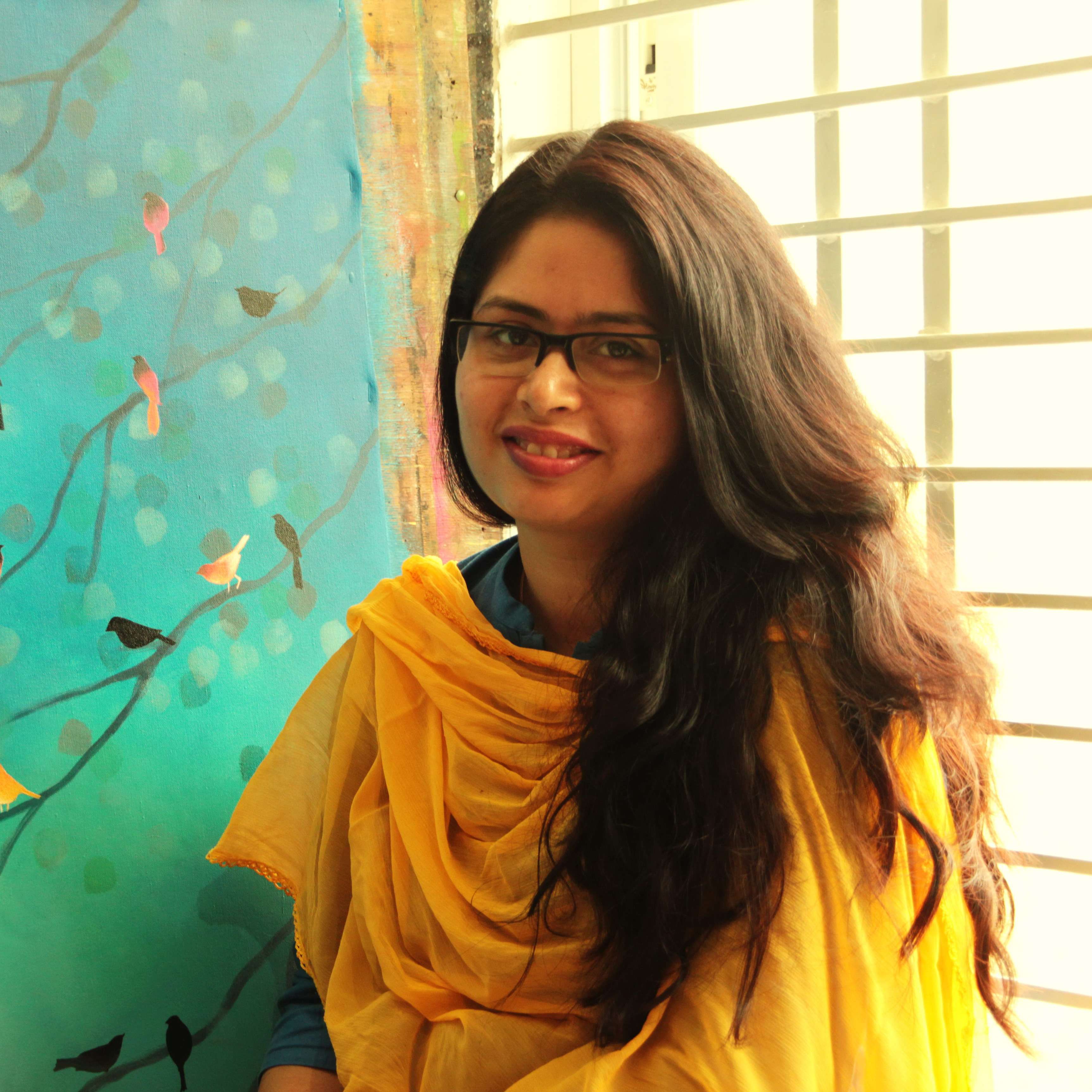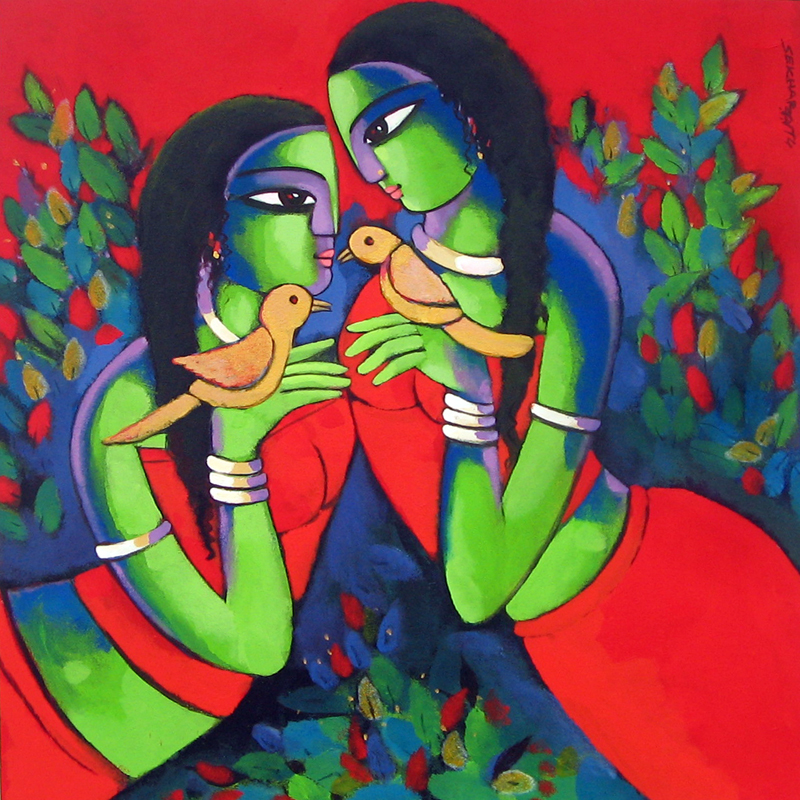
Art and culture of a country tell a lot about its’s people thinking, ideology, beliefs and way of life. History and geography are supposed to heavily influence the various art forms of a particular nation. Indian culture is believed to evolve from the Indus valley civilization of 1500 BCE. Indian society and culture gave rise to various types of Indian art forms which can be categorized into different periods reflecting specific religious, political and social developments. So in India, there is more to an art piece than meets the eye. An art piece, especially a painting, is capable of telling different stories to different people.
In India, art originated in the pre-historic period, sometime around 5500 BCE. Murals and huge cave paintings are an example of pre-historic Indian art. Bhimbetka caves in Madhya Pradesh are the finest citation of the Stone Age Indian art. It consists of cave paintings and wall murals depicting figures of humans and animals in various positions and actions. From simple cave depictions of pre-historic times to more artistic modern-day contemporary art, Indian paintings and art forms have come a long way. Extensively Indian paintings can be divided into Murals and Miniatures. Another example of Murals is the frescos done on the ceilings and walls of Ajanta caves, Maharashtra sometime around 200-600 BCE.
As compared to murals, miniature paintings are much smaller and more artistic. In India, there are a lot of genres on miniature paintings. Each genre of paintings tells a unique story of diversification and symbolizes Indian culture. Some of the main styles of paintings that are native to India are:
- Phad paintings: Phad paintings or scroll paintings are a unique art form which is commonly practiced in Rajasthan. Phad paintings are done on huge pieces of different types of cloth or canvas. This cloth is known as Phad. These paintings depict local Rajasthani deities and folk figures. Priest-singers, known as Bhopas carry these scroll paintings with them and use them as mobile temples. They are painted using vegetable oil and the figures have a very distinct black outline.
- Kalamkari paintings: Kalam means pen and kali mean craftsmanship. Hence, kalamkari literally translates to “drawing with the pen”. This art form gained popularity during the Mughals and Golconda era. These are hand-painted illustrations on cloth. Apart from India, it was also practiced in Iran.
- Madhubani Art: They are also known as Mithali paintings. They derive their name from the place where they originated, that is, Mithali region in Bihar. These paintings are famous for the depiction of Hindu Deity Krishna. Various cultural occasions and events like marriage, festivals, birth, Kali puja, Durga Puja are also depicted through these paintings. This style is known for the usage of natural dyes and colors along with beautiful eye-catching geometric patterns.
- Rajput Paintings: These paintings mainly depict the events of the epics Ramayana and Mahabharata. They emerged and gained popularity under Rajputana rule during the 18th century. Since Rajput worship nature, Rajput paintings are known for beautiful depictions of landscapes, gods, animals and humans. Rajputana paintings are used to adorn the walls of forts, chambers and Havelis of Rajput kings and rulers and are till date used for home décor purposes mostly.
- Tanjore paintings: This form of art originated in Tamil Nadu sometime around 1600 AD. Tanjore paintings are done on cloth pieces stretched over wooden frames. These paintings are known for their superb and majestic depiction of gods and goddesses.
- Pichwai paintings: Pichwai paintings emerged in Nathdwara, Rajasthan. They are closely associated with the holy Hindu deity Krishna. They are made on cloths and papers and are famous for depiction of Lord Krishna in various postures, moods and attire. These paintings are known for their devotional themes towards the eighth avatar of Vishnu.
- Mughal Paintings: The Mughal style of miniature paintings originated from the Persian art and flourished as a unique blend of Indian, Jain, Muslim and Buddhist style. A lot of miniature Mughal paintings can be traced back to the period from the 16th-19th century. They are known for depicting day to day life episodes of Mughal emperors like hunting party scenes, court scenes, scenes of councils and even war illustrations.
- Modern contemporary Indian paintings: Post-independence, India saw a lot of changes in its social and cultural factors. Indian art scenario was engulfed with a huge wave of new and budding artists trying to do something different. They expressed their thoughts through their paintings. And the ways of expressing thoughts varied with each painting. Art started to vary as it had not been ever before. M.F. Husain, BalChabda, Devender Singh, Akbar Padamsee, John Wilkins and Himmat Singh are some of the very famous artists that emerged in India post-colonial era, known as the period of modern contemporary Indian art.
Each Indian artwork has witnessed influences from many factors, yet there is something original about them. They continue to tell about the social, cultural, political, religious and economic ways of a country and its people.













